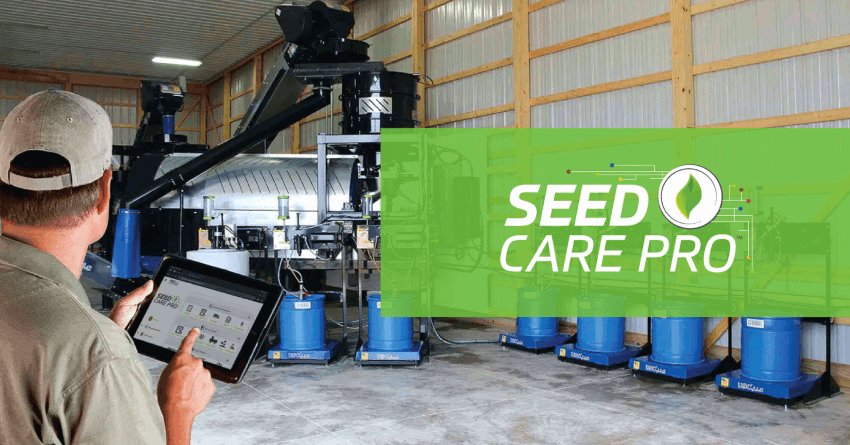Sustainability And Wal-Mart
The way the term “sustainability” often gets tossed about in an endless sea of business jargon, many casual observers see it as a thin buzzword used by corporations interested in projecting an image of environmentalism and stewardship.
Unfortunately, this doesn’t do the term justice because there are some very profound changes occurring today in the name of “sustainability.”
To provide some reference, here’s a definition of sustainability I found at ResourceVenture.org: “Sustainability is a smart way of doing business, one demanded by a competitive global economy. [It] means creating a better quality of life for all people, now and for generations to come, and using the planet’s resources at a rate by which nature is able to replenish those resources.”
Many manufacturers have embraced a sustainability philosophy. But the definition of sustainability could get reinvented in the years to come — because of Wal-Mart. The retailing giant is driving all sorts of changes in manufacturing processes that are widening the scope of sustainability to mammoth proportions.
One example of sustainability at Wal-Mart showed what a simple repackaging of a popular pine-based cleaner was able to save. Upsizing from a 144-oz. bottle to a 175-oz. one using the same pre-form improved product sales by 7%, reduced transportation cost, saved the equivalent of 11,000 gallons of gasoline from the reduction in plastic used, and conserved fiber from 7,600 trees because it took 3,500 fewer pallets to transport the material.
Given Wal-Mart’s overall market muscle and relentless drive to cut costs, this vision of sustainability is a no-brainer. But it’s not stopping there. It is, in fact, a concept that could eventually work its way down to production agriculture.
In October, Wal-Mart announced plans to “inspire innovation in chemicals used in product selections” as part of its “Preferred Chemical Principles.” The purpose is to incentivize the development of more “sustainable products for mother, child, and the environment.”
Wal-Mart’s first three target chemicals included two household insecticides, propoxur and permethrin. Wal-Mart hopes to get suppliers to move away from these chemistries and into “alternative chemicals that meet the company’s Preferred Chemical Principles.”
We’ve all learned the lesson about Wal-Mart — it does nothing half-baked or less than totally committed. The question is how far will it go in trying to control the use of “chemicals of concern?” Would the company begin looking at what is being used on food and feed? Would it become a quasi-EPA, with enough retailing power to affect what crop protection and fertilizer products are used in mainstream crop production? While this might be an overreaching conclusion, there’s really no telling at this point where it might end.
Fortunately, there is a lot of information out there about the benefits of crop protection and modern farming practices that show how much more food and fiber can be grown on far fewer acres than would be needed for “organic” farming. We absolutely have a solid sustainability message of our own. And we need to be emphasizing it with Wal-Mart, and organizations like them, as they consider how to use their clout to achieve what they are defining as a “sustainable” future.






